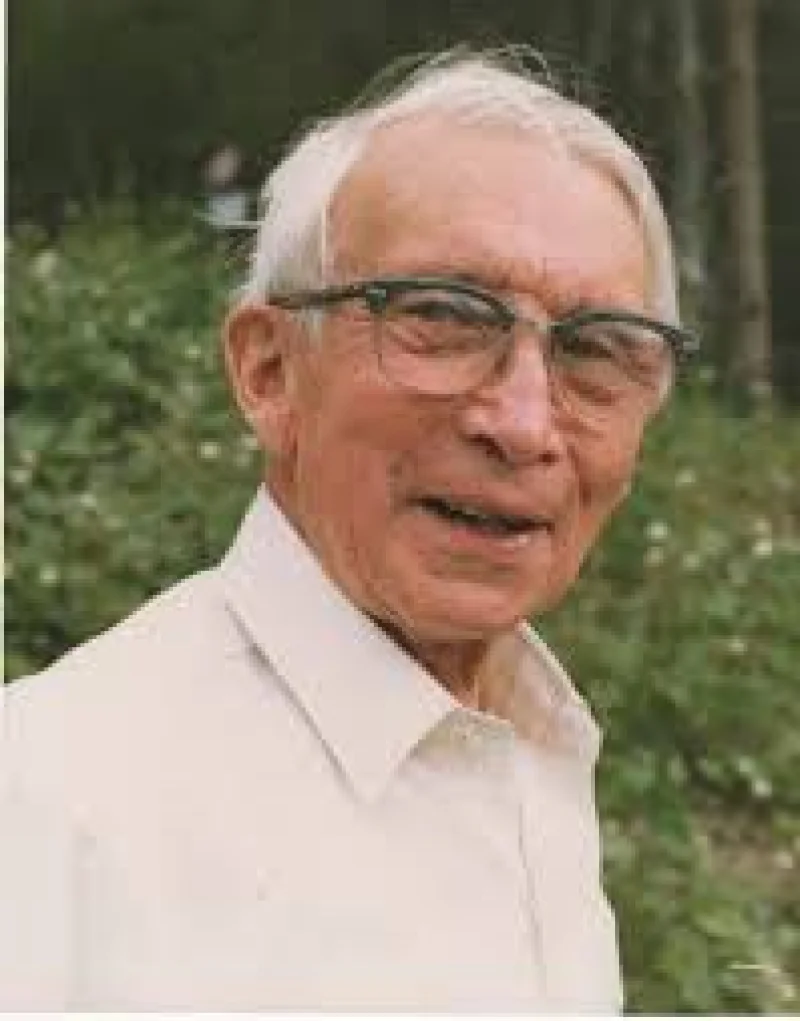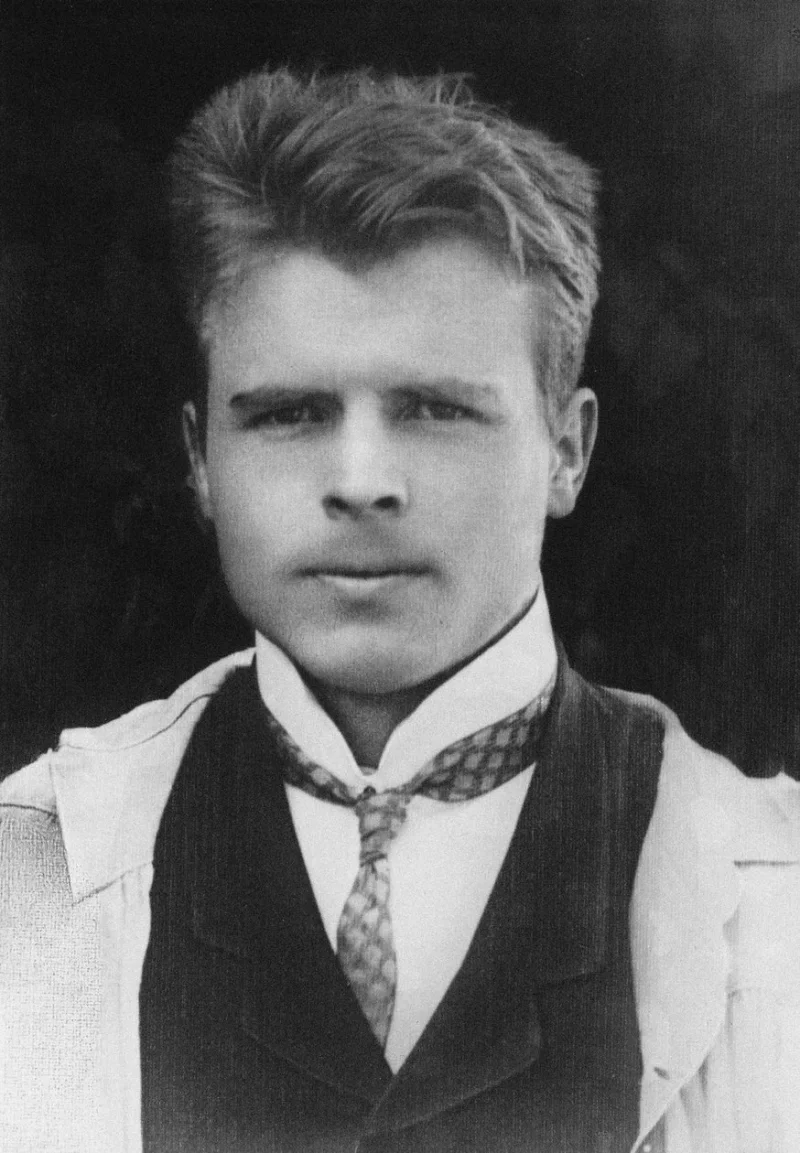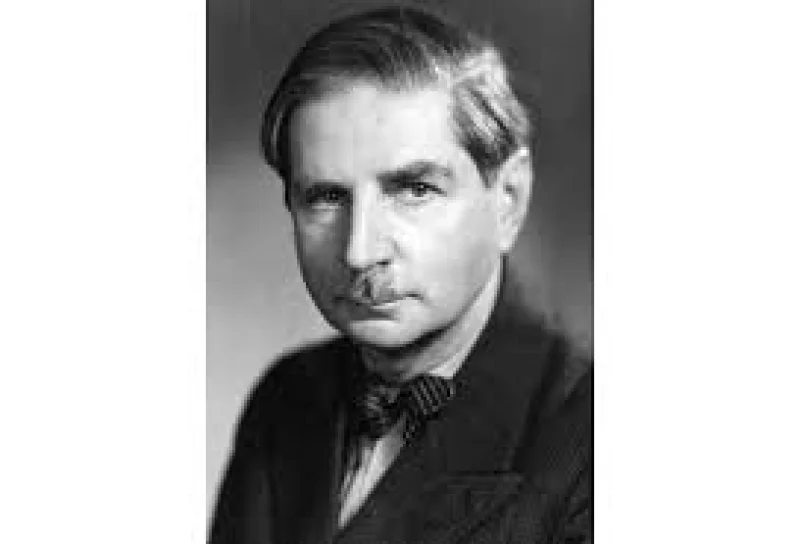Short Summary
Ernst Ising was a German physicist renowned for his work on statistical mechanics, particularly for developing the Ising Model. His contributions to theoretical physics have had a lasting impact, influencing diverse scientific fields such as condensed matter physics and complex systems. Despite facing significant challenges during his career, including displacement due to World War II, Ising's work continues to be pivotal in understanding phase transitions and critical phenomena.
Early Life & Education
Ernst Ising was born on May 10, 1900, in Cologne, Germany. He grew up in a Jewish family and attended local schools before enrolling at the University of Göttingen. There, he pursued studies in physics and mathematics, influenced by prominent physicists such as Max Born and David Hilbert. He completed his doctorate under the guidance of Wilhelm Lenz at the University of Hamburg, where he formulated what would become known as the Ising Model. His early educational experiences laid a strong foundation for his future contributions to theoretical physics.
Career Highlights
Ernst Ising's career was marked by significant contributions to statistical mechanics. After completing his doctorate, he taught at the University of Berlin and later at various institutions due to the political turmoil of the era. His most notable work, the Ising Model, was initially met with limited recognition. However, it gained prominence after World War II and became a fundamental tool in understanding magnetic phase transitions. Ising also worked in the United States, continuing his research and teaching until his retirement, contributing widely to physics literature.
Major Achievements
- Formulated the Ising Model: A fundamental model in statistical mechanics for understanding phase transitions.
- Published influential papers: His work laid the groundwork for many developments in condensed matter physics.
- Contributed to education: Taught at various institutions, influencing generations of physicists.
Famous Quotes
- "The Ising model is simple, elegant, and rich in its implications."
- "Science is a journey of understanding complex systems through simple models."
Interesting Facts
- The Ising Model was initially deemed a failure by Ising himself because it did not explain ferromagnetism in three dimensions.
- He moved to the United States after World War II, where he continued his academic career despite initial struggles.
- Ising's work gained significant recognition only decades after its initial publication.
Legacy / Influence
Ernst Ising's legacy is profound, with his model being a cornerstone in statistical physics. The Ising Model has been applied beyond physics, in areas such as biology, sociology, and computer science, to model complex systems. His work continues to inspire research and is a fundamental component of modern theoretical physics, highlighting the power of simple models in explaining complex phenomena.
FAQ
Q: Why is Ernst Ising famous?
A: He is famous for developing the Ising Model, a fundamental concept in statistical mechanics.
Q: What did the Ising Model initially aim to explain?
A: It aimed to explain ferromagnetism in statistical physics.
Q: When did Ising's work gain recognition?
A: His work gained significant recognition after World War II.
Q: Where did Ising continue his career after moving to the United States?
A: He continued his career at various academic institutions, contributing to education and research.













